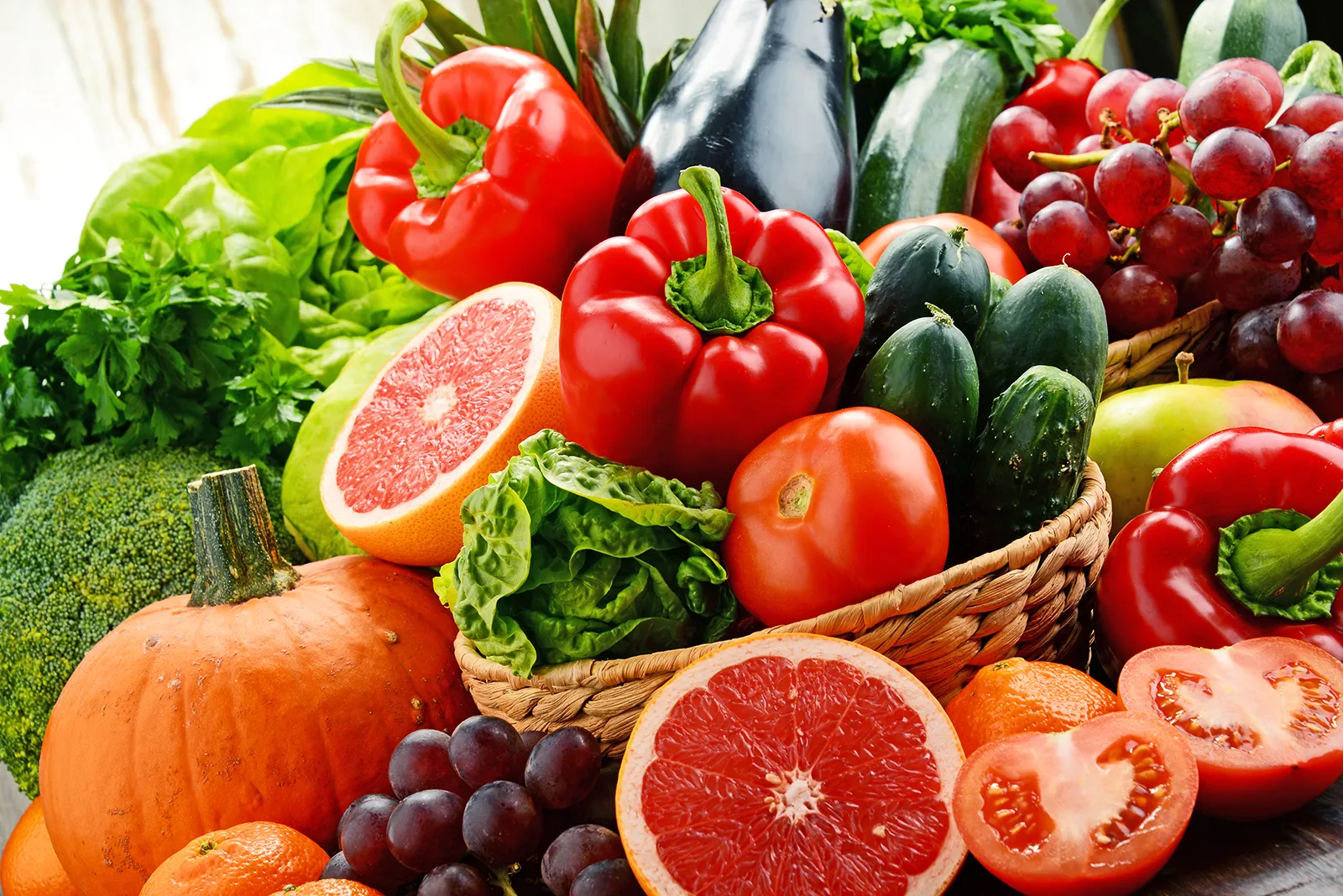Food insecurity is a pressing global issue that affects millions of people, characterized by the lack of consistent access to sufficient food for an active, healthy life. While it can impact anyone, certain populations are disproportionately affected. Understanding which are the people more prone to food insecurity and the factors contributing to their vulnerability is crucial for effective policy-making and intervention strategies.
1. Low-Income Families
One of the most significant predictors of food insecurity is income level. Families living below the poverty line often struggle to afford basic necessities, including food. A report from the U.S. Department of Agriculture (USDA) indicates that households with incomes at or below 185% of the federal poverty level experience higher rates of food insecurity. These families may have to make difficult choices, such as prioritizing rent or utilities over food, leading to inadequate nutrition and adverse health outcomes.
2. Single-Parent Households
Single-parent households, particularly those led by women, face heightened risks of food insecurity. The challenges of juggling work and childcare responsibilities, often with limited financial resources, make it difficult for these parents to secure consistent and healthy meals for their children. Studies show that single mothers, in particular, are more likely to experience food insecurity than their married counterparts. The additional burden of childcare costs further complicates their ability to allocate funds for food.
3. Children
Children are among the most vulnerable to food insecurity. According to the Food Research and Action Center (FRAC), one in six children in the United States faces hunger. Food insecurity during childhood can have long-lasting effects on physical health, cognitive development, and emotional well-being. Malnourished children are at a higher risk for developmental delays and chronic health issues. Schools often provide meals to help alleviate this issue, yet many children still go without adequate nutrition during weekends and holidays.
4. The Elderly
Seniors, particularly those on fixed incomes or living alone, also face a significant risk of food insecurity. Many older adults rely on Social Security benefits that may not be sufficient to cover rising living costs, including food. Health issues may further complicate their ability to access and prepare nutritious meals. Moreover, social isolation can deter elderly individuals from seeking assistance, making them less likely to take advantage of food programs and resources available to them.
5. Racial and Ethnic Minorities
Racial and ethnic minorities, particularly Black and Hispanic communities, are disproportionately affected by food insecurity. Historical inequalities, including systemic racism and economic disparities, contribute to higher rates of poverty and food insecurity in these populations. A report from the USDA indicates that Black households experience food insecurity at rates more than double that of white households. These disparities are exacerbated by limited access to healthy food options, often referred to as food deserts, which are prevalent in many minority neighborhoods.
6. Rural Communities
Rural areas face unique challenges related to food insecurity. Residents often have limited access to grocery stores and fresh produce, leading to higher reliance on convenience stores that offer less nutritious options. The economic downturns affecting rural economies, such as the decline in agriculture and manufacturing jobs, can exacerbate food insecurity rates. Additionally, transportation barriers may prevent individuals from accessing available food assistance programs, further entrenching food insecurity.
7. People with Disabilities
Individuals with disabilities often face barriers that increase their vulnerability to food insecurity. These barriers can include physical limitations that make shopping and meal preparation challenging, as well as the high cost of healthcare that can strain financial resources. According to the National Council on Disability, people with disabilities are more likely to experience poverty and food insecurity than their non-disabled peers. Programs designed to assist individuals with disabilities in accessing food are crucial for mitigating this risk.
8. Individuals Experiencing Homelessness
People experiencing homelessness are among the most visible and extreme cases of food insecurity. Without stable housing, securing regular meals becomes a daily struggle. While food banks and shelters can provide temporary relief, many individuals facing homelessness find it challenging to access consistent, nutritious food. Stigma, mental health issues, and lack of transportation can further complicate their ability to meet basic nutritional needs.
Conclusion
Food insecurity is a multifaceted issue affecting a diverse range of populations, with certain groups being more susceptible due to economic, social, and systemic factors. Understanding which are the people more prone to food insecurity allows us to address their unique challenges. Tackling this issue requires a comprehensive approach that includes increasing access to affordable, nutritious food, providing support for vulnerable populations, and addressing the underlying economic disparities that contribute to this pervasive problem. By focusing on those most affected, we can develop targeted interventions and policies that work toward ensuring that everyone has consistent access to the food they need for a healthy life.

